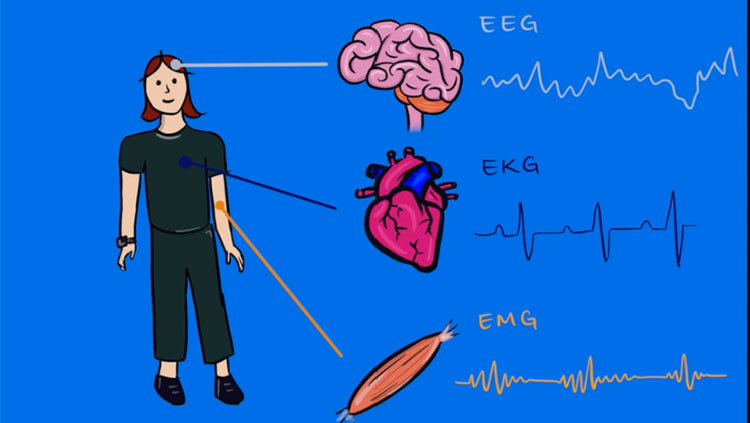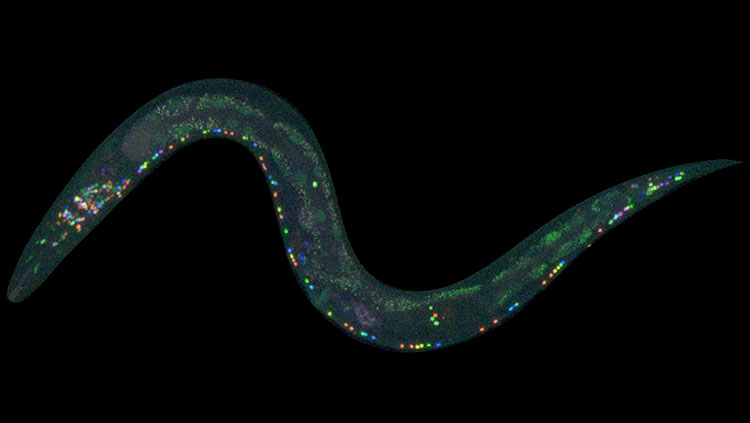How a Tissue Stain Revolutionized Neuroscience
- Published24 Sep 2020
- Author Calli McMurray
- Source BrainFacts/SfN

From a cramped kitchen laboratory, Italian neuroscientist Camillo Golgi’s 1873 innovation allowed him to see neurons as they have never been seen before. Combining steps from other staining techniques to create his own stain to visualize brain cells, he hardened sections of brain tissue with potassium dichromate then soaked the sections in silver nitrate. This combination induces a chemical reaction, coating the entire cell membrane with a black sheath. For unknown reasons, the reaction only targets 1–5% of the neurons in a slice of brain tissue. This creates a few pitch-black neurons against a light background, like in the image here, without the cell getting lost in the dense forest of surrounding cells.
This technique is called the Golgi stain. Before this method, scientists made do with finicky tissue stains that only showed part of the cell or broke off branches during the staining process. Scientists weren’t even sure if the brain contained separate cells like the rest of the body (the neuron doctrine) or was a giant, connected web of tissue (the reticular theory).
It took 12 years for other scientists to appreciate the Golgi stain, but once they did, discovery exploded. Santiago Ramon y Cajal utilized the stain for his famous, meticulous drawings of neurons — the first of their kind. He also settled the debate between the neuron doctrine and reticular theory: neurons are, in fact, separate cells. Golgi used his stain to characterize the structure of different types of neurons and discovered a new cell organelle, the Golgi Apparatus.
Scientists still use the Golgi stain today, more than 170 years after its advent. Under the microscope, scientists can see details as fine as dendritic spines on Golgi-stained neurons.
CONTENTPROVIDEDBY
BrainFacts/SfN
References
Pannese, E. (1999). The Golgi Stain: Invention, Diffusion and Impact on Neurosciences. Journal of the History of the Neurosciences, 8(2), 132–140. doi: 10.1076/jhin.8.2.132.1847
Glickstein, M. (2006). Golgi and Cajal: The neuron doctrine and the 100th anniversary of the 1906 Nobel Prize. Current Biology, 16(5). doi:10.1016/j.cub.2006.02.053 https://www.cell.com/current-biology/pdf/S0960-9822(06)01203-6.pdf
Mishqat, I. (2017, May 26). Camillo Golgi's Black Reaction for Staining Neurons. Retrieved July 27, 2020, from https://embryo.asu.edu/pages/camillo-golgis-black-reaction-staining-neurons


















